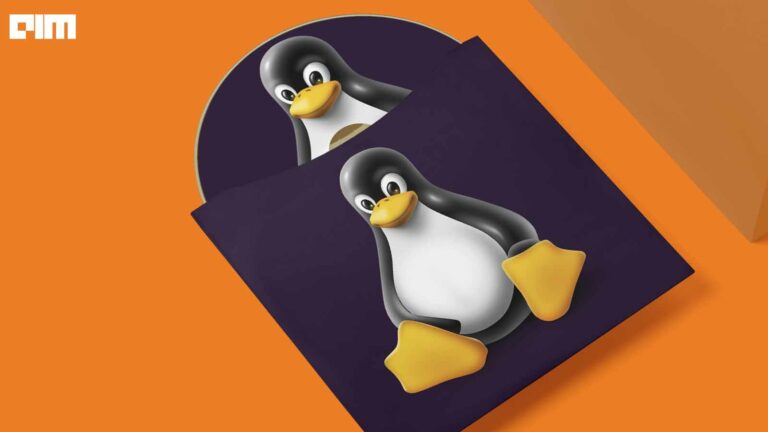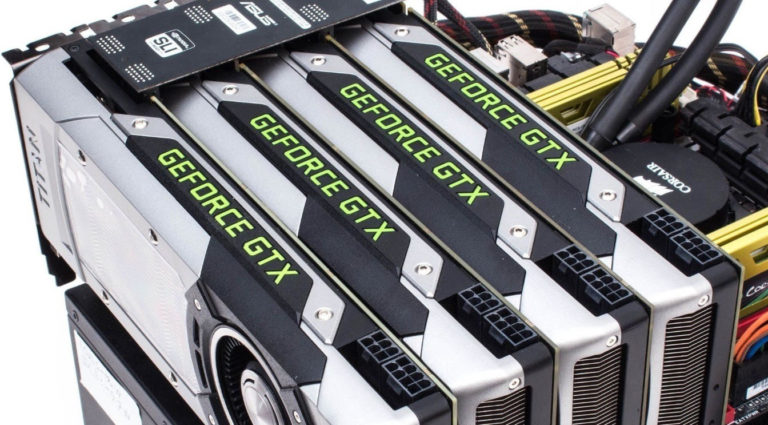Mint, as well as Ubuntu, are two of the most popular Linux distros which offer a high degree of usability to its users. Both of them have a great community and are easy to use. In this article, we will compare both the distros and find out why Mint is a better option to use.
1| User Interface
Workflow is much faster and easy to use in Mint. If someone wants to shift from Windows to Linux, Mint is a wiser option as the interface has a striking resemblance to Windows interface with the launcher menu at the bottom left.
Winner: Mint
2| Performance
Ubuntu seems slower when used in older machines than Linux Mint. However, this difference can’t be experienced in newer systems. There is only a slight difference while using lower configuration hardware because the environment of Mint Cinnamon is much lighter than Ubuntu.
Winner: Mint
3| Memory Usage
Source: Reddit
It is clearly shown that the memory usage by Linux Mint is much lesser than Ubuntu which makes it a better choice for users. However, this list is a little older but then also the current desktop base memory usage by Cinnamon is 409MB while by Ubuntu (Gnome) is 674MB, where Mint is still the winner.
Winner: Mint
4| Community
Both the systems have a huge number of users and it is difficult to say which one has the largest community. If you are stuck somewhere, you can easily get support from both the communities. But as we know, Ubuntu is the older player here and has an increase in users every year and thus being the most popular choice, it has a larger community than Mint.
Winner: Ubuntu
5| Distributions
In Linux Mint, the distribution is based on Ubuntu while in Ubuntu the distribution is based on Debian. Also, the Linux Mint is developed and distributed by the Linux Mint Community, while Ubuntu is developed and distributed by Canonical Ltd.
6| Desktop Environment
Ubuntu has a default desktop environment known as Unity which uses standard GNOME-based interface and it is also available in 2D as well as 3D. On the other hand, Linux Mint uses Cinnamon but Xfce and Mate can also be used. As we already discussed, Cinnamon gives the appearance of the Windows desktop environment.
Winner: Mint
7| Pre-installed Software
Linux Mint has some of the important applications installed by default such as Java, Flash, and Codecs while on the other hand, Ubuntu lacks this pre-installed facility. But, it is not that you cannot have this application on Ubuntu, you can easily install these applications while installing the operating system.
8| Usability
The Linux Mint is recommended for the beginners especially who want to try their hands on Linux distros for the first time. While Ubuntu is mostly preferred by the developers and is highly recommended for the professionals.
9| Release Cycle
The latest version of Ubuntu 18.10 known as Cosmic Cuttlefish was released on October 2018 and the latest version of Linux Mint 19.1 known as Tessa was released on December 2018. The former schedule its new releases every six months which means twice in a year while the latter has no particular scheduled cycle.
10| Minimal Requirement
The screen resolution for both the distros are the same (1024×768) but Ubuntu has 2 GHz core processor and 2 GiB system memory, size of ISO is 1.8GB and free disk space of 25GB. On the other hand, Linux Mint has 1GB system memory along with a recommendation of 2GB, Size of ISO is 1.9GB and free disk space of 15GB.
Outlook
Hence, we can see that both the distros work perfectly well in their own specific areas and it is hard to say which is the best among the two. But if you are a beginner, you should opt for Mint and thus we can say that Mint is a better option to choose for a “beginner”.



















































































